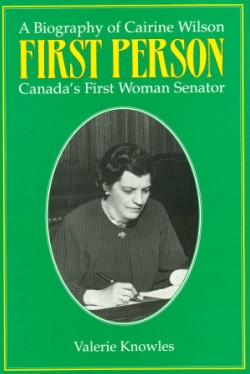Cairine Wilson: A Trailblazer in Shaping Canadian Immigration Policy

In the annals of Canadian history, the name Cairine Wilson stands tall as a trailblazer, a visionary, and a champion of immigration policy. As the first woman appointed to the Canadian Senate in 1930, Wilson's influence on shaping immigration policy had a profound and lasting impact on the nation's identity as a welcoming and inclusive society. Her tireless efforts and advocacy laid the groundwork for a more compassionate and fair immigration system, leaving a legacy that continues to resonate today. Born in 1885 in Montreal, Cairine Wilson was an ardent advocate for women's rights, social justice, and humanitarian causes. Her commitment to public service was evident early in life, and her passion for improving the lives of others led her to the forefront of immigration policy discussions during a critical period in Canadian history. During the early 20th century, Canada was facing immense challenges and opportunities related to immigration. The country was undergoing ...




.jpg)
